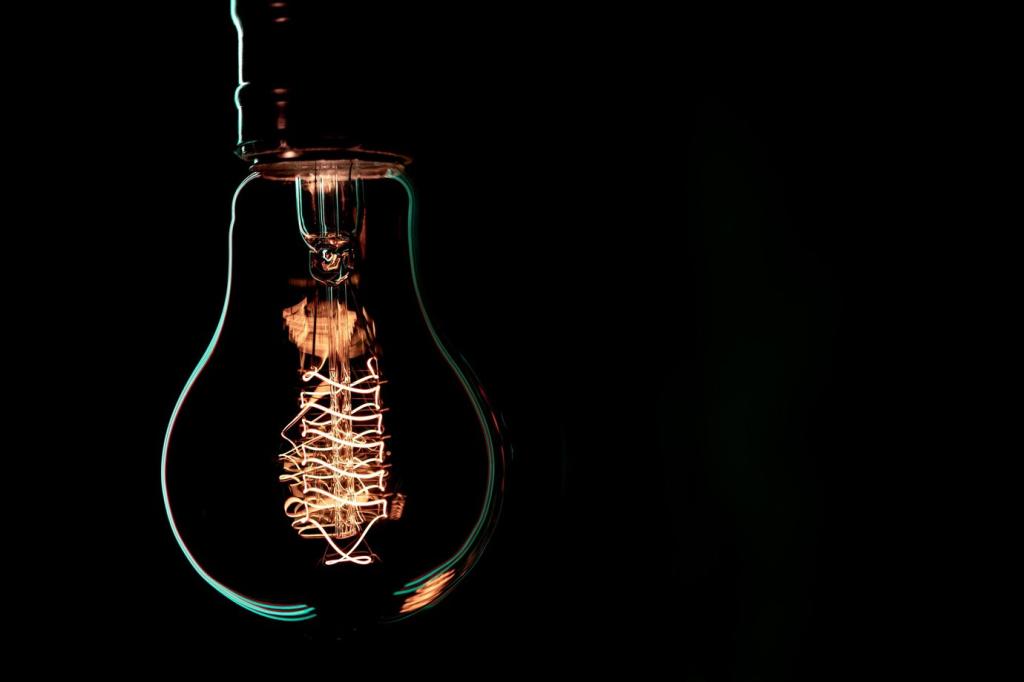Color Psychology and Mood Lighting Trends
Understanding the interplay between color psychology and modern mood lighting is essential for creating atmospheres that inspire, relax, or energize. In both residential and commercial spaces, the right combination of color and lighting style can significantly influence emotional responses, productivity, and well-being. Today’s mood lighting trends leverage scientific insights from color theory, seamlessly blending technology and design to produce environments that respond to individual needs and desires. This page explores the fundamentals of color psychology, the evolution of lighting trends, the impact of lighting on emotional well-being, and actionable tips for embracing these innovations in your own space.
The Science of Color Psychology
Emotional Impact of Warm Colors
Warm colors like red, orange, and yellow are associated with energy, comfort, and enthusiasm. Red evokes passion and excitement, often increasing heart rates and attracting attention, while orange fosters cheerfulness and creativity. Yellow, resembling sunlight, is synonymous with happiness and optimism. Incorporating warm color lighting in interiors can invigorate a space or make it feel inviting and stimulating, ideal for social areas or creative workspaces. However, using these hues in excess may be overwhelming, demonstrating the need for thoughtful application based on desired emotional effects and the overall context of the environment.
Soothing Effects of Cool Colors
Cool colors such as blue, green, and lavender are renowned for their calming and restorative properties. Blue, in particular, is linked to tranquility and mental clarity, making it popular in bedrooms and spaces devoted to relaxation or focus. Green promotes harmony and balance, often associated with nature, while lavender carries a gentle sense of comfort and serenity. Integrating cool-toned lighting into a room can reduce stress and encourage peacefulness. Designers often use these colors in healthcare facilities, spas, or personal sanctuaries to foster a tranquil ambiance and support psychological well-being.
The Power of Neutral Tones
Neutral tones—including whites, greys, and soft earth hues—offer a versatile backdrop for both vibrant and subtle mood lighting. Psychologically, these colors introduce a sense of order, simplicity, and openness, allowing other elements in a room to stand out. Used in conjunction with color-changing lights or accent lighting, neutral palettes enable effortless transformation of mood and atmosphere. Beyond their adaptability, neutrals can create a timeless and sophisticated environment, making them a favorite foundation for modern, minimalist, or transitional interiors seeking both style and emotional balance.
Modern Trends in Mood Lighting
Dynamic Color-Changing Systems
Dynamic color-changing lighting systems stand at the forefront of current mood lighting trends. Innovations such as LED panels and smart bulbs enable users to instantly adjust the color spectrum of their space, shifting from energizing whites to soothing blues or invigorating reds. These systems offer immense flexibility, supporting changing needs throughout the day—from bright, focused light for work to subtle, warm tones for relaxation. Dynamic lighting can also synchronize with music or adapt to circadian rhythms, providing a holistic approach to personal well-being and enhancing the sensory experience within a room.
Integrated Smart Lighting
Integrated smart lighting has revolutionized the way individuals interact with their environments. Wireless networks and intuitive controls, such as smartphone apps and voice commands, make it possible to customize lighting schemes with ease. Smart systems allow scheduling, automation, and even learning user preferences over time. These capabilities empower users to tailor mood and atmosphere for any activity, from cozy movie nights to productive work sessions. The seamless incorporation of smart lighting into architecture and furniture underscores its role as an essential component of modern, connected lifestyles.
Sustainable and Human-Centric Lighting
Sustainability and human well-being are at the core of the latest mood lighting innovations. Designers increasingly prioritize energy-efficient solutions such as LEDs, which reduce environmental impact while delivering a broad spectrum of colors. Human-centric lighting considers the biological impact of light exposure, mimicking natural sunlight cycles to support healthy sleep patterns and overall wellness. Whether through adaptive brightness or eco-friendly materials, this trend bridges technology, psychology, and sustainability, offering solutions that nurture both people and the planet.
Lighting and Emotional Well-Being
Lighting that supports circadian rhythms enhances sleep quality and overall health by mimicking the progression of natural daylight. Cooler, brighter lights in daylight hours boost alertness and productivity, while warm, dimmer tones in the evening encourage relaxation and signal the body to slow down. Smart lighting solutions can adjust automatically throughout the day, regulating hormones such as melatonin and cortisol for optimal functioning. Embracing these strategies in residential or professional settings underlines the link between lighting design and physiological as well as psychological balance.

